Embarking on a Treasure Hunt with the Intelligent Multi-Transceiver Unit IMTU
Last weekend, as I walked the misty shores with my son Mike, our Intelligent Multi-Transceiver Unit IMTU in hand, we couldn’t help but feel a buzz of excitement. Every beep, a promise of hidden treasures beneath our feet, turned our ordinary stroll into an extraordinary adventure. With its advanced features, the IMTU not only enhances our family bonding but also deepens our connection to history’s mysteries, making every find a thrilling leap into the past.
Unveiling the Components: A Deep Dive into the Intelligent Multi-Transceiver Unit IMTU
As a seasoned treasure hunter, I’ve had my fair share of devices, but the Intelligent Multi-Transceiver Unit IMTU stands out significantly. The main unit system box, while robust, is just the start of this impressive gadget lineup. Lets not forget the vertical high signal transceiver, a game-changer in detecting at various depths. Each component, from the PS50 search coil—which I found exceptional on sandy terrain—to the PS28 search coil, ideal for rocky areas, is designed for specific challenges a detectorist might face. The comprehensive package also includes long range antennas and universal power adapters, making it a versatile pick for any environment.
Versatility Below the Surface: Exploring the Multi-Ground Scanner MGS 60
The MGS 60, part of the IMTU toolkit, is a marvel in adaptive technology. On my last outing along the historic beaches of the East Coast, this device’s multi-ground scanner allowed me to differentiate between mere mineralized soils and actual worthwhile finds. What enhances its utility, is the inclusion of multiple search coils and their unique connectivity to the base unit. Diving deeper with the MGS 60 unveils its true potential, revealing relics and artifacts that were once part of maritime history. This scanner is not just a tool; it’s a bridge to our past, one beep at a time, making every search a thrilling narrative of discovery.
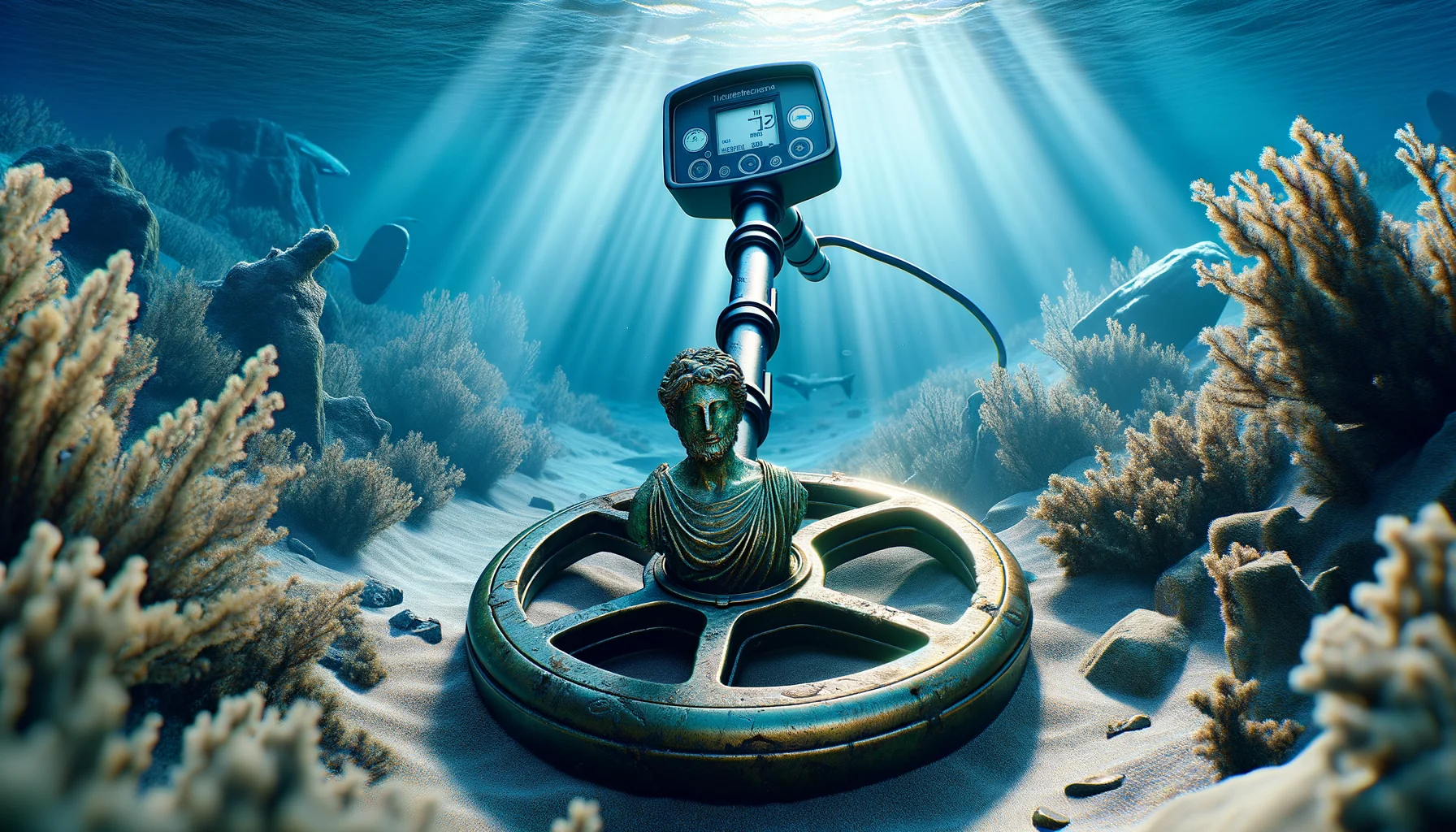
Historical Treasure Hunting: Connecting with the Past through Modern Technology
The thrill of discovery is magnified when you unearth relics steeped in history. Utilizing the Intelligent Multi-Transceiver Unit IMTU, I’ve been able to trace back to artifacts whose stories were long buried beneath the earth. The lightweight and potent VST in this unit not only sharpens detection capabilities but does so with remarkable accuracy that is crucial for historical sites. This razor-sharp precision transforms an ordinary expedition into a time-traveling adventure, where each signal might reveal a coin from the Roman Empire or buttons from colonial uniforms.
Maximizing Your Finds: Essential Tips for Using the IMTU and MGS 60
Effective use of the IMTU alongside the Multi-Ground Scanner MGS 60 can significantly increase your chances of successful finds. My tip for fellow enthusiasts: always recalibrate your device settings based on the terrain. Whether it’s a sandy beach or a muddy field, understanding the right adjustments can lead to more accurate depths and signals. The MGS 60 excels in diverse conditions, ensuring that no metal goes undetected, from gold nuggets to underwater relics. Embrace these tools, and your hunting will not only be fruitful but also a continuous learning journey.
| Product Name | Features | Pros | Cons | Categories |
|---|---|---|---|---|
| Intelligent Multi-Transceiver Unit IMTU |
|
|
|
|

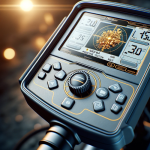




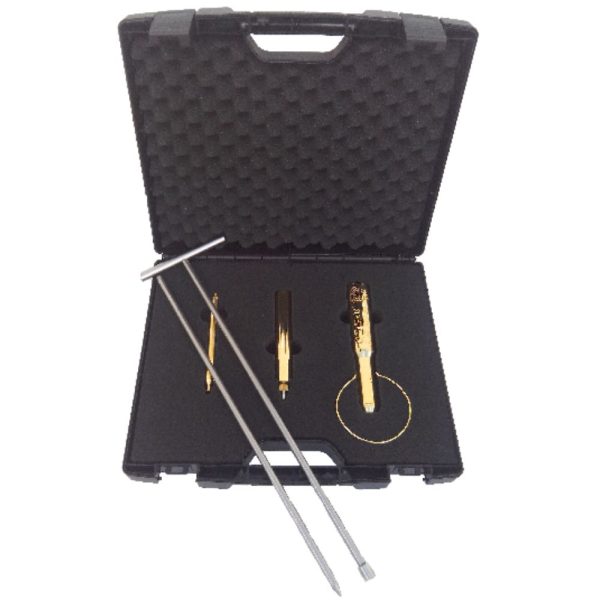
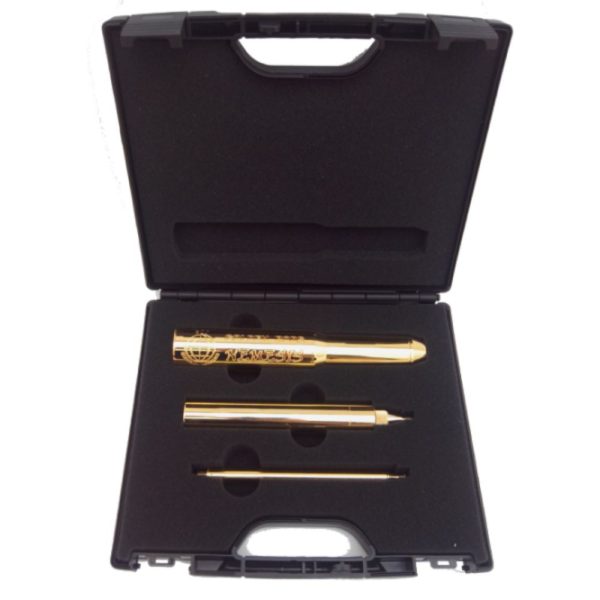
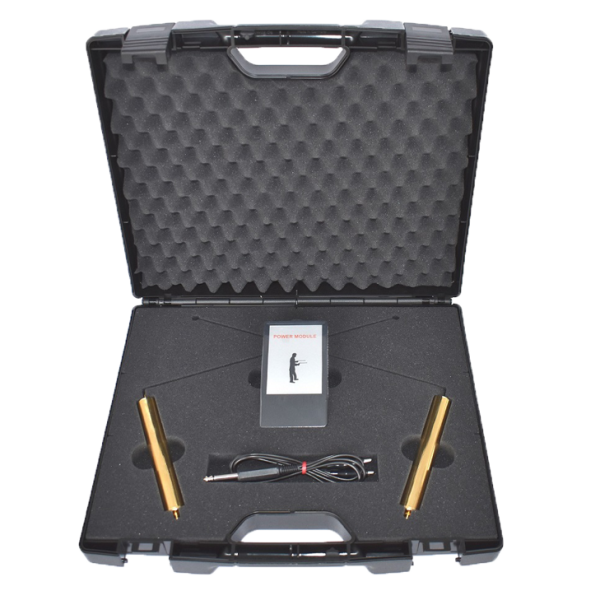
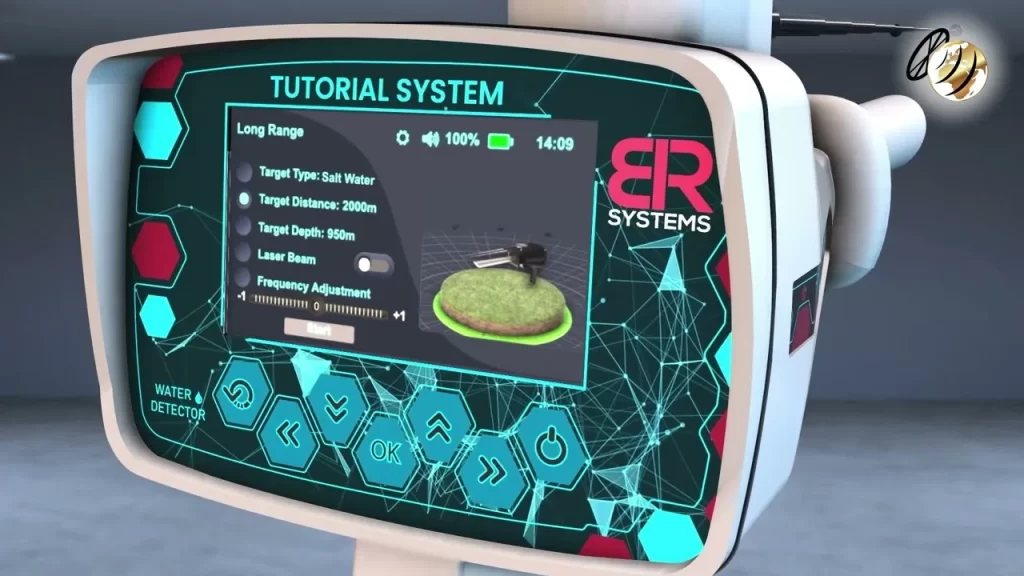

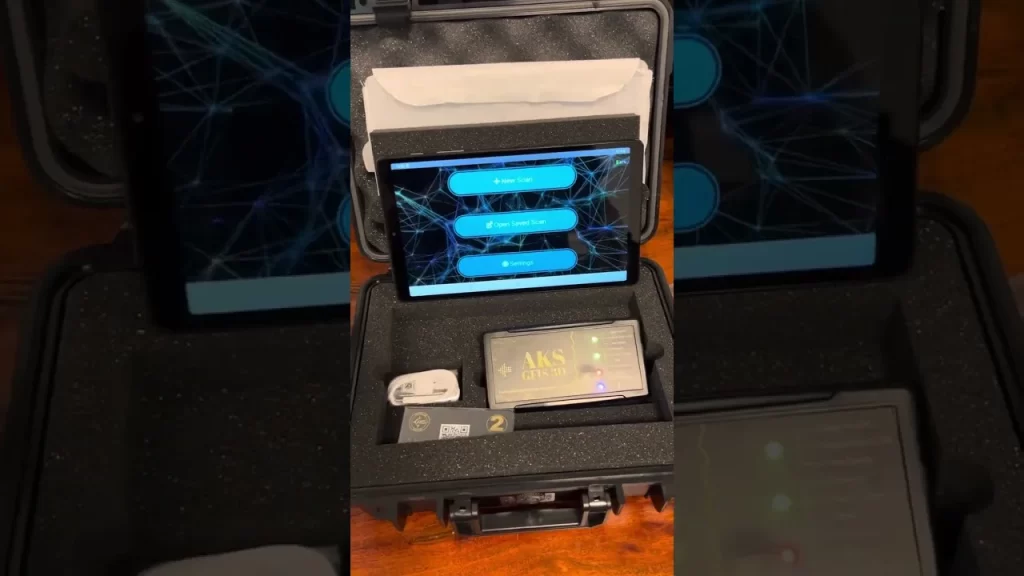
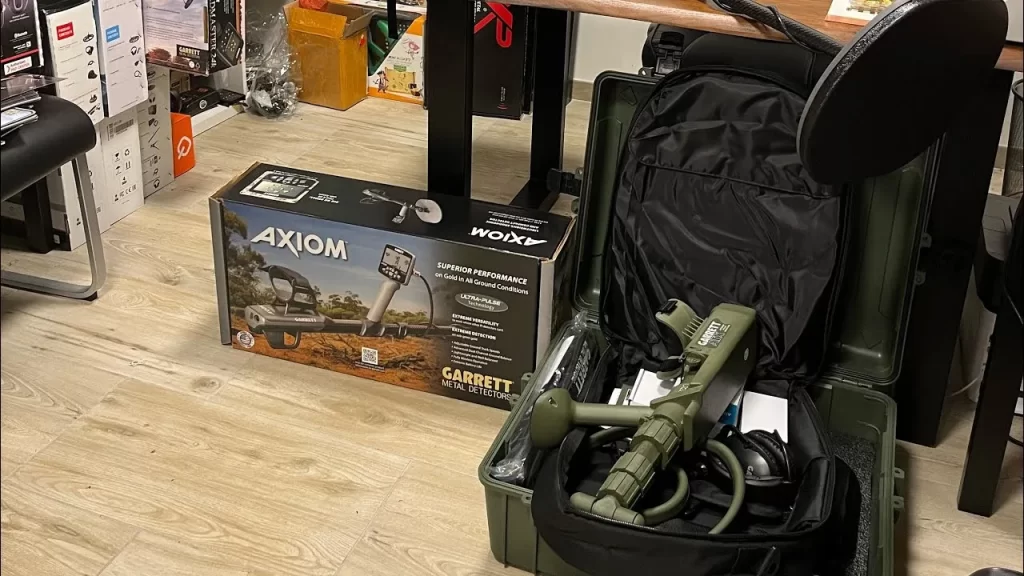
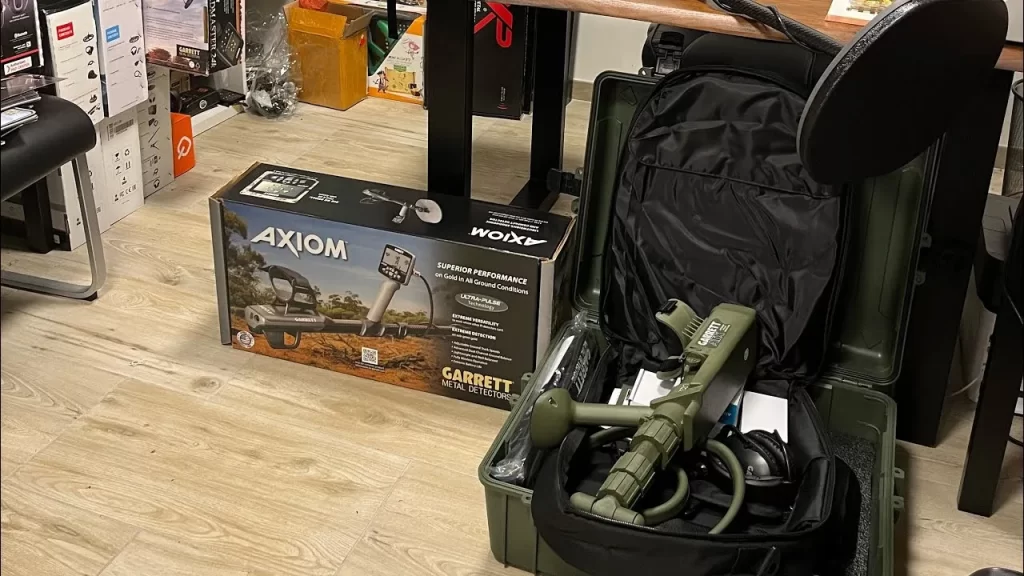
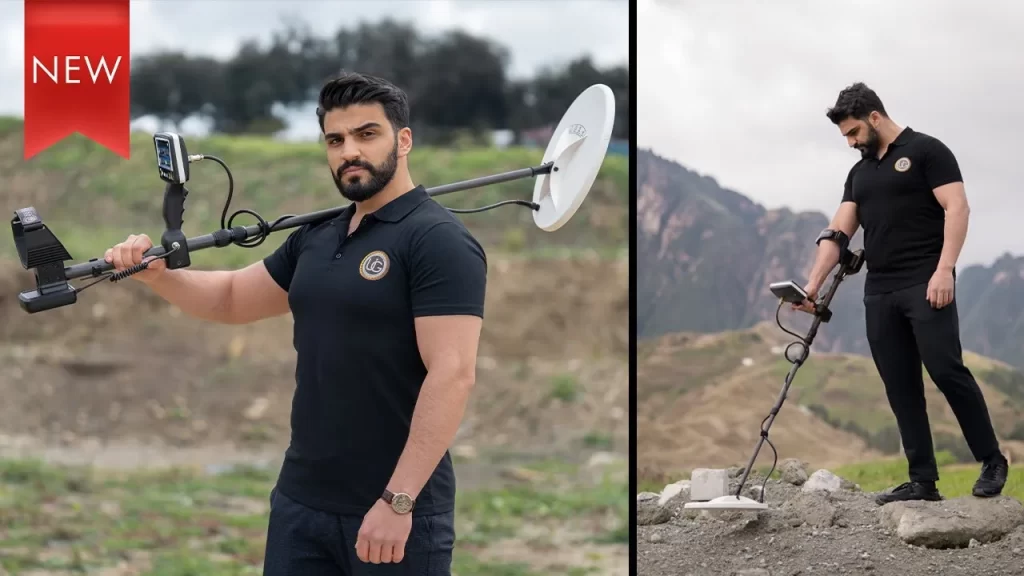

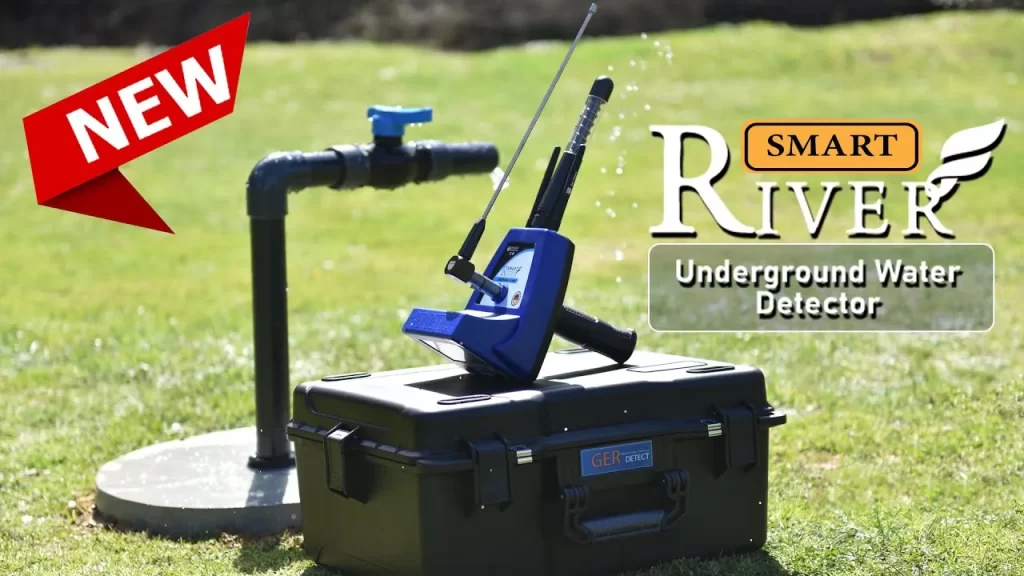

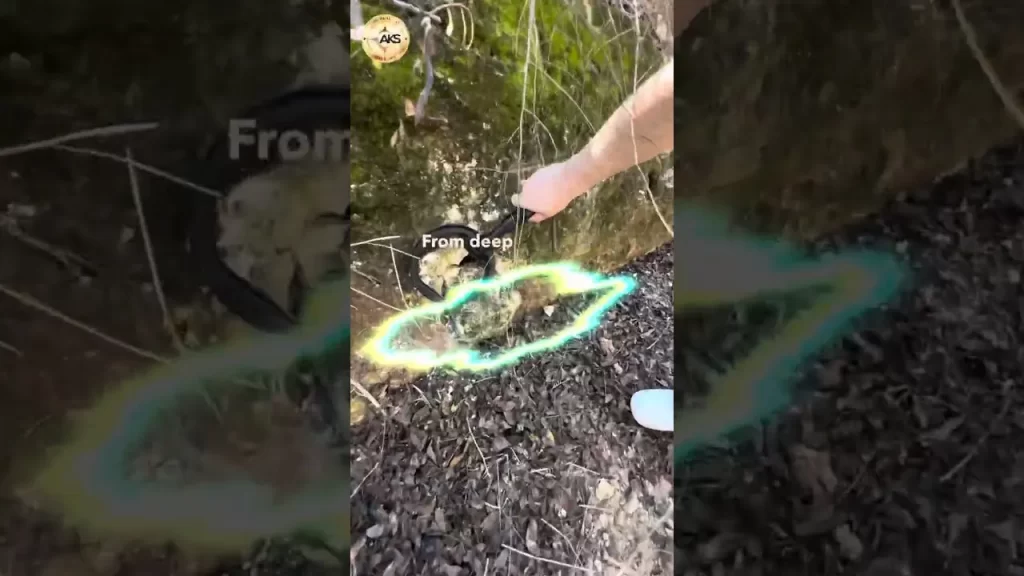

0 Comments